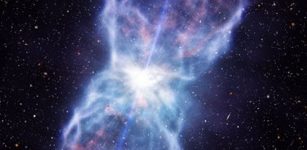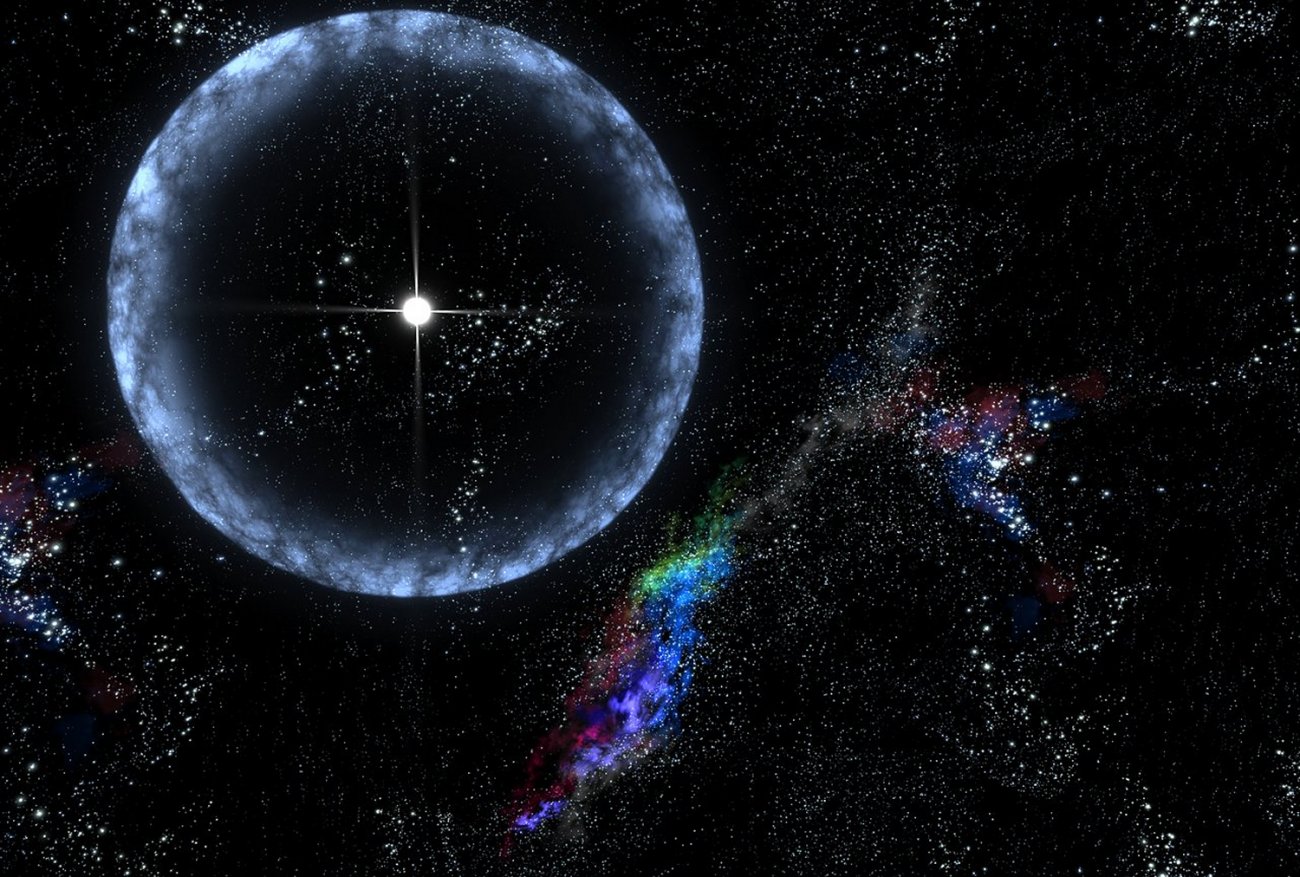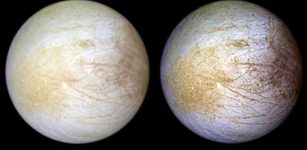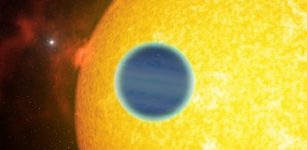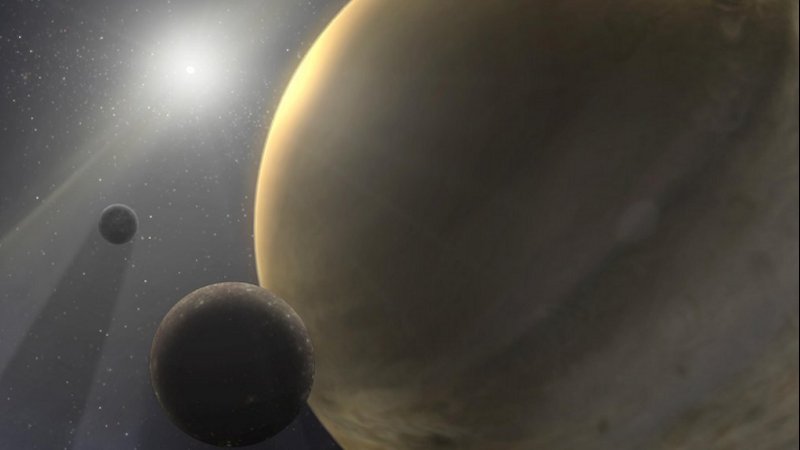Star Survives Close Encounter With A Black Hole
Eddie Gonzales Jr. – MessageToEagle.com – A red giant star wandering too close to a supermassive black hole in a galaxy about 250 million light-years from Earth has been captured by NASA’s Chandra X-ray Observatory and ESA’s XMM-Newton.
The black hole, located in a galaxy called GSN 069, has a mass about 400,000 times that of the Sun, putting it on the small end of the scale for supermassive black holes.
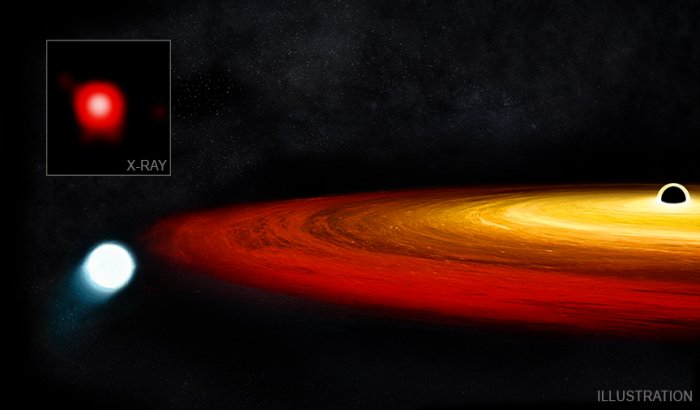 A star had a close encounter with a supermassive black hole and survived. X-ray: NASA/CXO/CSIC-INTA/G.Miniutti et al.; Illustration: NASA/CXC/M. Weiss;
A star had a close encounter with a supermassive black hole and survived. X-ray: NASA/CXO/CSIC-INTA/G.Miniutti et al.; Illustration: NASA/CXC/M. Weiss;
Once the red giant was captured by the black hole’s gravity, the outer layers of the star containing hydrogen were stripped off and careened toward the black hole, leaving the core of the star—known as a white dwarf—behind.
“In my interpretation of the X-ray data the white dwarf survived, but it did not escape,” said Andrew King of the University of Leicester in the UK, who performed this study. “It is now caught in an elliptical orbit around the black hole, making one trip around about once every nine hours.”
As the white dwarf makes its nearly thrice-daily orbit, the black hole pulls material off at its closest approach (no more than 15 times the radius of the event horizon—the point of no return—away from the black hole).
In addition, King predicts gravitational waves will be emitted by the black hole and white dwarf pair, especially at their nearest point.
What would be the future of the star and its orbit?
“It will try hard to get away, but there is no escape. The black hole will eat it more and more slowly, but never stop,” said King. “In principle, this loss of mass would continue until and even after the white dwarf dwindled down to the mass of Jupiter, in about a trillion years. This would be a remarkably slow and convoluted way for the universe to make a planet!”
Astronomers have found many stars that have been completely torn apart by encounters with black holes (so-called tidal disruption events), but there are very few reported cases of near misses, where the star likely survived.
King predicts that the white dwarf has a mass of only two tenths the mass of the Sun. If the white dwarf was the core of the red giant that was completely stripped of its hydrogen, then it should be rich in helium. The helium would have been created by the fusion of hydrogen atoms during the evolution of the red giant.
“It’s remarkable to think that the orbit, mass and composition of a tiny star 250 million light-years away could be inferred,” said King.
Original story – here
Written by Eddie Gonzales Jr. – MessageToEagle.com Staff


